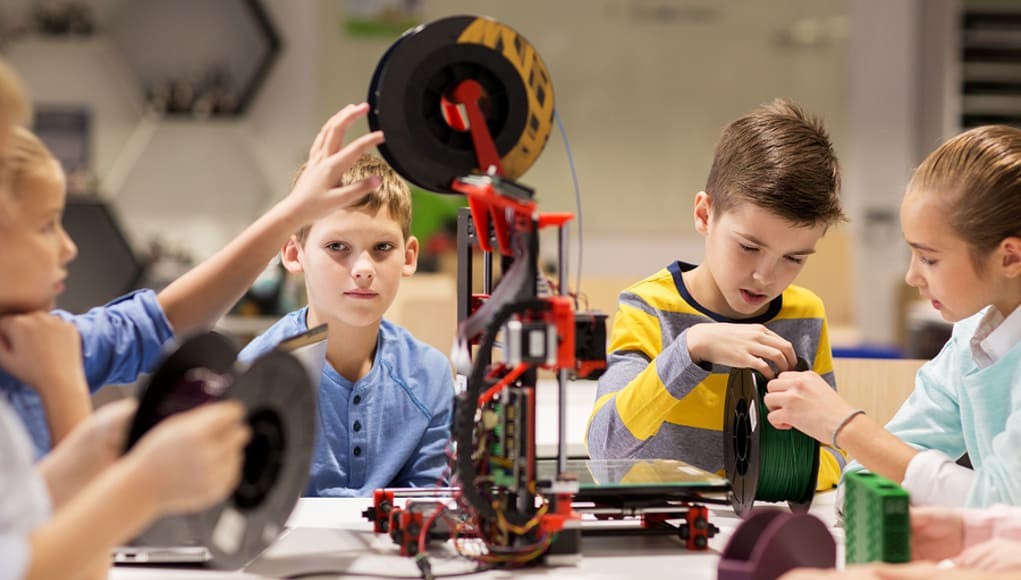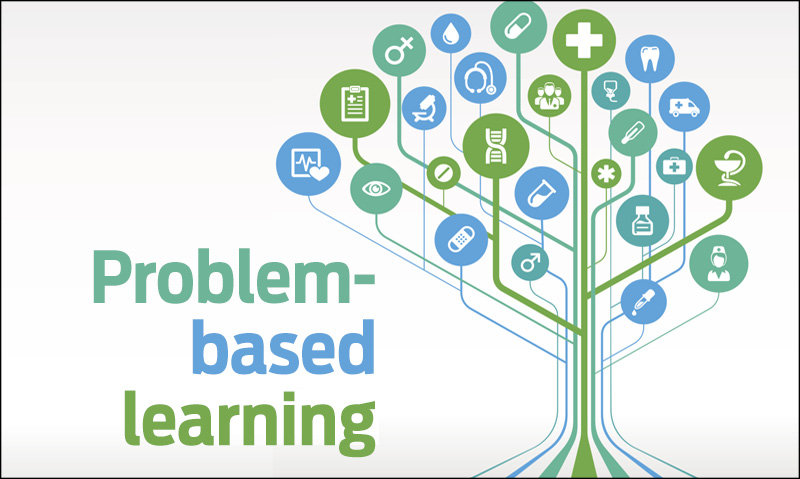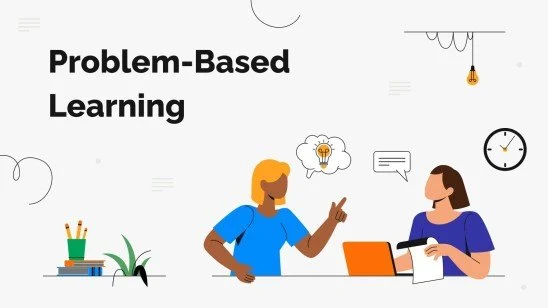The education sector is undergoing a necessary transformation, and one of the most effective methodologies emerging is Embracing Problem-Based Learning. This student-centric approach encourages learners to understand concepts through real-world problems rather than passive memorization. As schools across India work to prepare students for a rapidly changing world, integrating problem-based learning is becoming essential.
In its essence, Embracing Problem-Based Learning supports critical thinking, creativity, and deeper understanding. Unlike traditional systems that often prioritize rote learning, this method builds a more involved, analytical, and curious mindset. It helps students evolve into self-directed learners capable of solving complex issues both in and outside the classroom.
Nurturing 21st Century Skills through Problem-Based Learning
Today’s global economy demands more than textbook knowledge. The skills required now include adaptability, collaboration, problem-solving, and innovation. Embracing Problem-Based Learning fosters these abilities by placing students in realistic scenarios where they must research, collaborate, and think critically.
In such a setup, the teacher becomes a facilitator rather than a direct instructor, allowing students the autonomy to discover and learn. This builds intrinsic motivation and a sense of responsibility in learners. The dynamic nature of this approach ensures students are engaged, motivated, and prepared for modern challenges.
Encouraging Self-Learning in the Classroom Environment
One of the most significant benefits of Embracing Problem-Based Learning is the empowerment it offers students. When learners are presented with a problem, they must analyze it, seek resources, evaluate different perspectives, and propose solutions—all independently. This cultivates a love for learning and a habit of continuous inquiry.
In several innovative classrooms across the school capital of India, teachers have reported increased participation, better retention, and improved student morale. This shift from passive to active learning is at the heart of effective education reform.

Aligning Curriculum with Real-World Scenarios
For many years, there has been a visible gap between academic learning and real-life application. Embracing Problem-Based Learning helps bridge this gap by contextualizing lessons and encouraging students to think beyond textbooks. It transforms abstract concepts into meaningful, relatable knowledge.
In relation to the dehradun schools, several institutions now follow interdisciplinary approaches that reflect real-world challenges. By combining subjects like science, mathematics, and social studies into scenario-based tasks, Embracing Problem-Based Learning nurtures critical thinking, collaboration, and innovation among students.
Building Collaborative and Communication Skills
Unlike conventional teaching models, Embracing Problem-Based Learning inherently encourages teamwork. Students often work in groups, share tasks, delegate responsibilities, and present their findings together. These interactions refine communication skills and teach mutual respect and tolerance.
Even in regions with strong academic frameworks like schools in Dehradun, institutions are shifting toward collaborative models. They are adopting flexible classroom formats and project-based assessments to make learning more inclusive and interactive.
Supporting Teachers as Facilitators of Deeper Understanding
Teachers play a pivotal role in the successful adoption of Embracing Problem-Based Learning. Their responsibilities shift from content delivery to creating a stimulating environment where inquiry thrives. Training and professional development are key to equipping educators with the tools required to guide students through the problem-solving process.
Across India, and especially in progressive hubs like those featured in the Dehradun schools list, educational institutions are investing in teacher training. These initiatives help ensure that problem-based learning is implemented effectively and sustainably.
Using Technology to Enhance Problem-Based Learning
Digital tools can significantly elevate the effectiveness of Embracing Problem-Based Learning by making education more dynamic and accessible. Platforms that simulate real-world scenarios, offer multimedia content and support collaboration can transform passive learning into active problem-solving. Such tools personalize learning and expose students to a range of perspectives and ideas.
In both urban and rural settings, smart classrooms and AI-powered solutions are enhancing the reach and impact of this approach. Technology empowers schools to adopt Embracing Problem-Based Learning without overhauling existing structures. It bridges gaps, encourages deeper thinking, and aligns with the pace of modern education.
Evaluating Success Beyond Exams
Traditional assessment systems rely heavily on written examinations. However, Embracing Problem-Based Learning requires a shift in how student performance is evaluated. Schools need to assess research abilities, collaboration, critical thinking, and communication, in addition to subject knowledge.
Portfolio assessments, presentations, and reflective journals are examples of how progressive schools are embracing this change. In places like the school capital of India, such evaluative models are being piloted successfully, showing that a well-rounded assessment system can improve learning outcomes.

Encouraging Equity and Inclusion in Learning
One of the more subtle yet powerful aspects of Embracing Problem-Based Learning is its potential to foster inclusive classrooms. By valuing diverse perspectives and promoting open-ended discussion, this method aligns closely with the goal of encouraging equity and inclusion in learning. It creates space for students from all backgrounds to engage meaningfully.
This approach benefits learners who might not thrive in conventional test-based systems, allowing them to excel in collaborative and inquiry-driven settings. Schools using this model promote a culture where every student feels respected, involved, and empowered to contribute.
Conclusion: Embracing Problem-Based Learning
In conclusion, Embracing Problem-Based Learning marks a significant shift from traditional rote-based education to a system that values inquiry, collaboration, and application. It equips students not only with academic knowledge but also with the critical thinking skills necessary to succeed in real life.
More and more institutions, especially the best schools in India, are realizing the advantages of this approach. They are investing in infrastructure, teacher training, and curriculum redesign to adopt problem-based learning models effectively.
At Verified Campus, we champion such forward-thinking practices and institutions that are paving the way for a better educational future. As the demand for real-world readiness grows, adopting methods like Embracing Problem-Based Learning is no longer optional—it’s essential.


